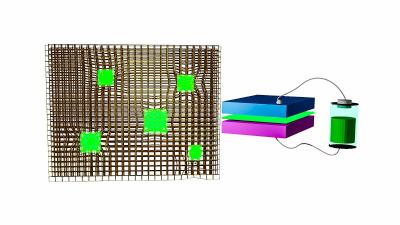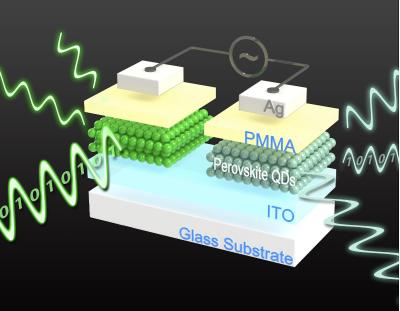Researchers demonstrate how a novel cross-linked hole transport layer helps achieve highly efficient perovskite solar cells
Scientists from China's Nanjing University and Chinese Academy of Sciences have found that a change to the hole transport layer material helped reduce voltage loss in a perovskite solar cell. The discovery demonstrates a promising new way to overcome a major challenge for perovskites ' particularly those used as the top layer in a tandem device.
The group of scientists noticed that a large part of the problematic voltage loss occurs at the interface between the active perovskite and the hole transport layer (HTL) that helps to carry a charge out of the device, and decided to experiment with alternate materials to try and limit this issue.






